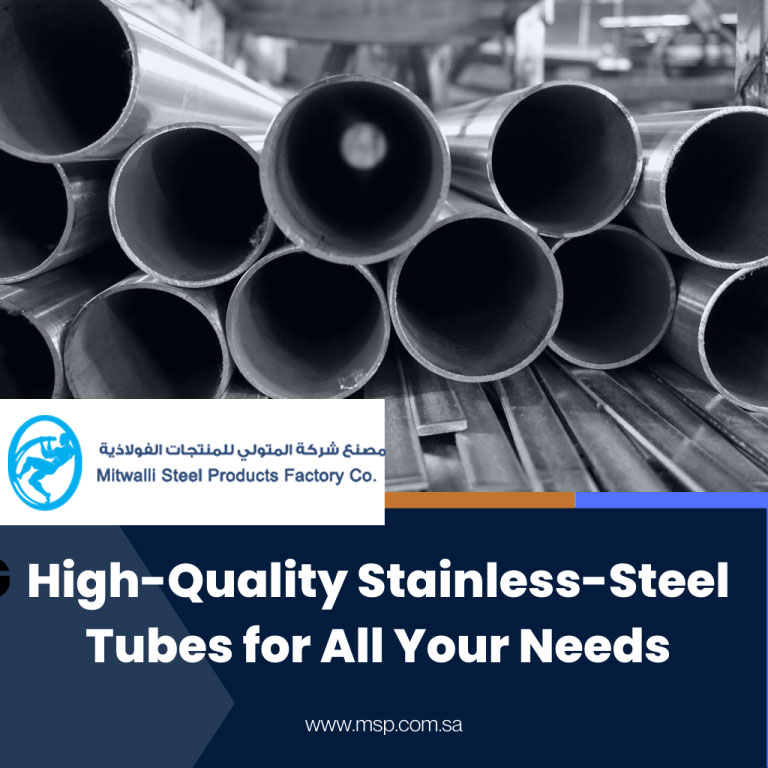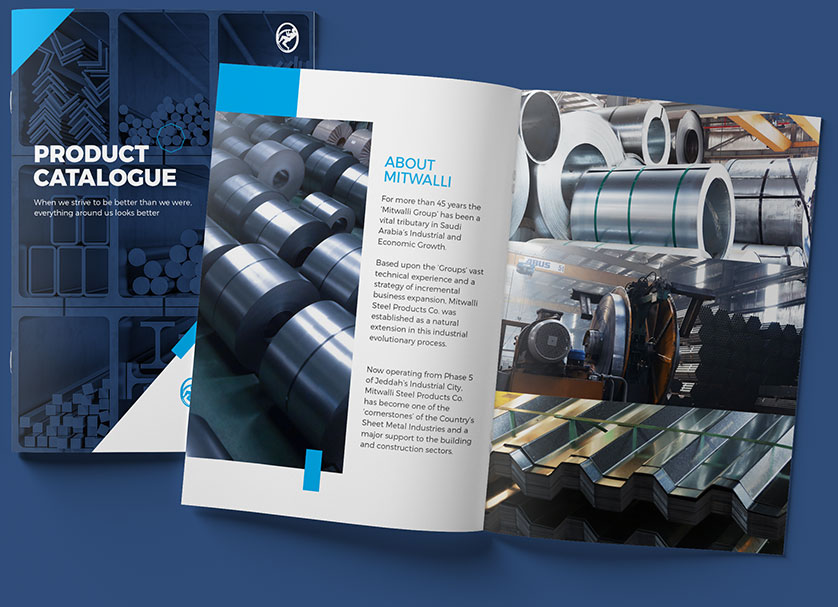
Reasons To Use Steel Tubes for Your Next Projects
Several fields, from industry to the arts, use steel tubing in a wide range of applications. Steel plumbing, in which stainless steel pipes are used instead of plastic, is used for steel tubing. Steel tubes prices are more costly than plastic pipes but have several advantages.
Stainless steel seldom corrodes because of its low iron content. Even with water continually running through the tubes, the metal won’t rust for long. Stainless steel has a meagre metal contamination rate and is not likely to leach into the water supply.
Keep Reading to Find Out More:
Columns
As we said before, steel tubes and pipes are often used as structural support in buildings. These structural elements run the length of a building and are built to withstand substantial pressure, making them ideal for tall structures. Steel tubes are more stable than other materials like reinforced concrete because they can withstand significant wear and tear and are impervious to more fluids and chemicals as per Steel Tubes Manufacturers. Columns made of concrete, on the other hand, may distort if they’re subjected to too much moisture or heat for too long.
Thus, steel tube columns should be considered. They are available in various shapes that may be quickly and readily assembled, including hollow structural sections (HSS), circles, and squares. Using the best steel tubes manufacturing process also reduces expenses considerably since just minimum structural attachments and fittings may be needed with the ability to easily include steel tube columns, construction times are reduced, and productivity is increased.
Lightweight
Steel pipes and tubing, being hollow, may be lighter than solid structural steel in situations where overall weight is an issue.
Consistent
Steel tubes maintain a uniform wall thickness, diameter, and cross-sectional shape throughout their length, making it simple to determine the total weight of a given length of steel tubing using just simple arithmetic. A specific type of steel tube’s size and thickness may have its full weight quickly and easily determined by multiplying the unit weight by the line length.
Electrified Pipes
The cables, devices, switches, wires, and other electrical components of any machinery or Equipment should be prioritised for safety. Equipment like condenser units, CCTV cameras, lighting, and many others might be damaged if installed in an unprotected area. These electronic components are vulnerable to damage that might make the Equipment inoperable if proper safeguards are not in place.
Electrical conduits, often steel tubes, may shield these parts from potential damage. They enable adequate rerouting and protect delicate electrical wires (such as dampness or heat) from the elements. Steel tube production is specifically manufactured for this function because of their strength and durability. Safety may be increased by using them since they are fireproof and resistant to high temperatures according to the best steel tube suppliers.
Several fields, from industry to the arts, take advantage of steel tube industries. Steel plumbing, in which stainless steel pipes are used instead of plastic, is used for steel tubing. Stainless steel piping has a higher initial cost than plastic piping but offers several advantages.
Columns, railings, jet engines, scaffolding, electrical conduits, and automobile suspensions are potential applications for steel tubes. Long-lasting, non-combustible, corrosion-resistant (when coated), highly weldable, and similar features make steel products useful across various sectors.

Add New Comment
Deprecated: File Theme without comments.php is deprecated since version 3.0.0 with no alternative available. Please include a comments.php template in your theme. in /home/wwwmsp/public_html/wp-includes/functions.php on line 6121